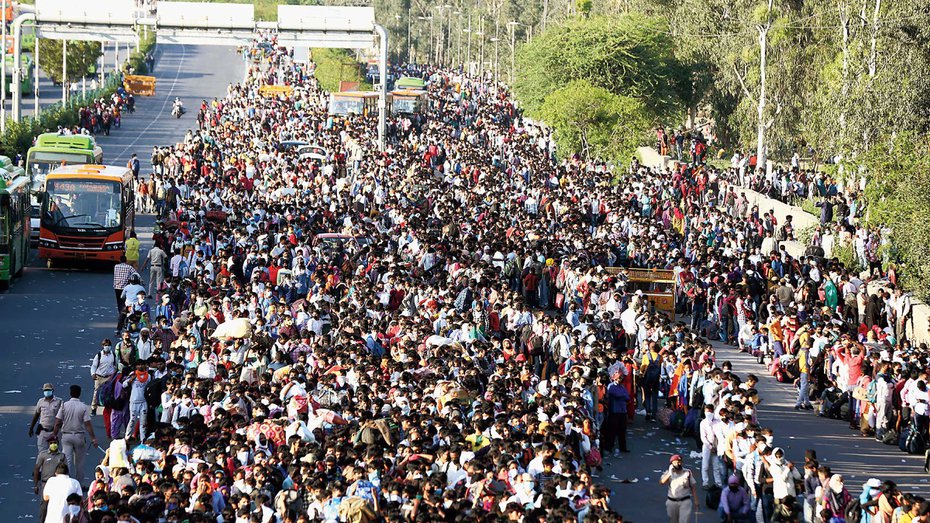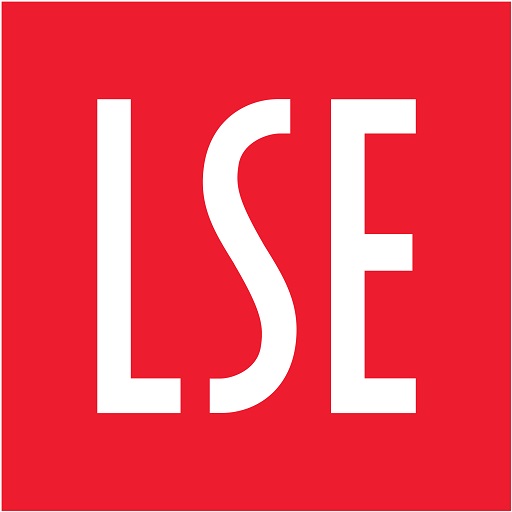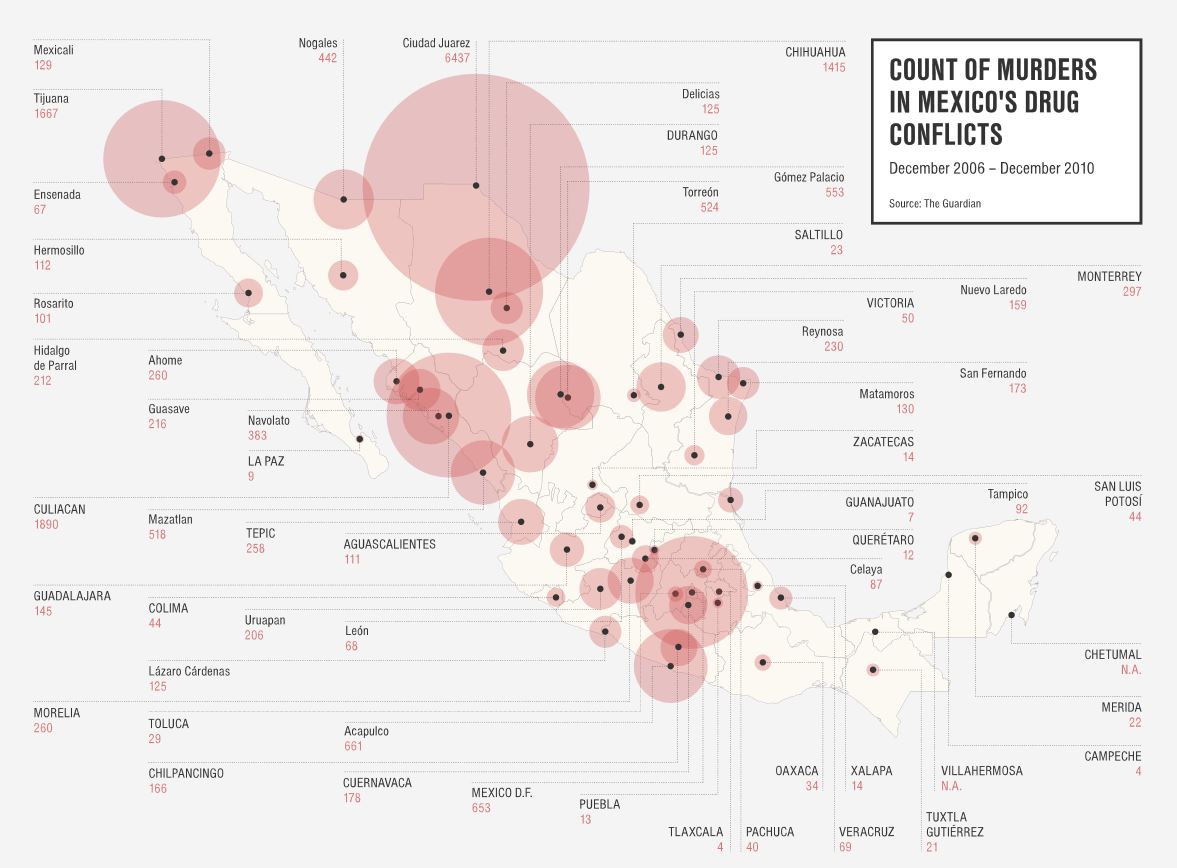PhD candidate in International Development, Harshita Sinha looks at the impact of the Covid-19 related lockdown on internal migrant workers in India.

COVID-19 is swiftly changing every aspect of our lives which we otherwise considered sacrosanct. Today, irrespective of where you are on the caste and class hierarchy in India, you are impacted by the lockdown which this reality posits. However, while the impact is being felt by every sector and individual in the economy, the pandemic has disproportionately amplified the inequalities of a pre-COVID world.
India accounts for over 400 million internal migrant workers who disproportionately make up a majority of the Indian informal economy. Marred with poverty and lack of decent job opportunities, workers migrate to states whose social milieu is drastically different from that of their state of origin. In this context, the identity of a migrant worker is extremely complex especially in the context of India where apart from discrimination on the grounds of gender, class and skills, the migrant identity is also defined in terms of caste, ethnicity, language and network capital amongst others.
Constitutionally all citizens have access to the same fundamental rights, but the low skilled migrant workers positionality is extremely skewed in terms of access to information, entitlement and claim-making process, making them fall through the gaps in the popular policy imagination in India. Their absence in the development discourse in terms of labour regulations, public entitlements and social security disenfranchises them from their social and political rights as citizens of the country.
One of the starkest evidence of the same has been in the Indian government’s current response to the COVID crisis in the country. On 24 March 2020, the government of India, announced a countrywide 21-day national lockdown. The lockdown came into effect four hours from its official announcement, which restricted movement of people by restricting public transportation, airways, railways and sealed inter-state movement. While most other classes were able to manage the situation with a minor jolt, the worst effected group were the low skilled internal migrants who rely on daily wages to sustain their livelihoods.
Increased cases of rent eviction, lack of public entitlements in the destination state and complete erosion of means of sustenance left the group at risk with no security net to fall back on. In a day, thousands of migrant workers were left with no other choice but to walk back to their villages hundreds of kilometres away. Currently, while billions are in a position to safely practice social distancing, the lack of security net left million stranded at city borders with no other choice than to wait in cramped settings to safely return to their hometowns without food, water or transportation. The current situation is reflective of a broken system of urban centres where while the system relies on the extractive labour of this invisible workforce, in the wake of a crisis their presence is the most disposable.
What emerges is a dualism of marginalised identity which internal migrant workers in India are marred with, both as citizen and workers. So far their invisible realities were marked by situations of everyday exploitation and poverty. However, a deeper look at the situation is reflective of the structured disenfranchisement of their rights, voice and position in the larger policy discourse of the country.
Going forward, the Indian state needs to recognise the group and the complexity of their everyday lives along with taking collaborative policy measures across states to ensure that the groups are empowered to exercise their rights as equal citizens without their class identity being a hindrance. There is a further need for the Indian development policies on health, education, labour and social protection to recognise the existence of this highly dynamic and mobile group rather than basing the conceptualisation of policies based on stable and sedentary population which is not reflective of the lived realities of urban spaces.
Harshita Sinha (@Harshita_Sinha1, h.sinha@lse.ac.uk) is a PhD Candidate at the Department of International Development at LSE. Her research looks at migrant workers in the India informal economy. She holds an MSc. Development Studies from the London School of Economics and her area of interest include migration, gender, informal economy and South Asia.
The views expressed in this post are those of the author and in no way reflect those of the International Development LSE blog or the London School of Economics and Political Science.






Where lies the solution? The migrant labour would swell further in numbers as no permanent solutions are looked into by governments after governments. Underdeveloped states are ignored in general budget, allocation of resources among states is on political affiliation basis and creation of infrastructural facilities is kept limited to prosperous states. Emphasis is not on removing illiteracy, controlling birth, reducing regional divide and eradicating poverty. Instead age is lowered to maximize voters and purchase them with money and muscle power. To me, a pessimist, a brighter side of the road to recovery also looks black and prospects bleak.